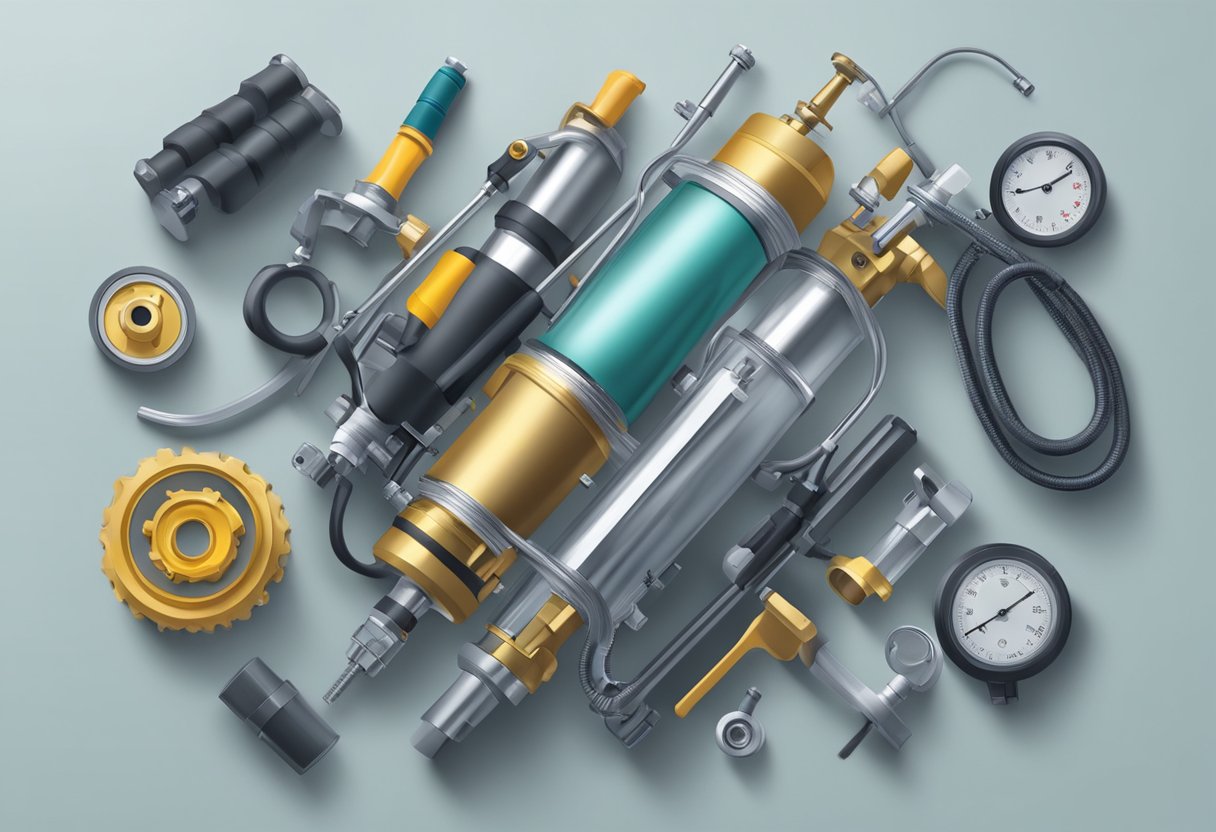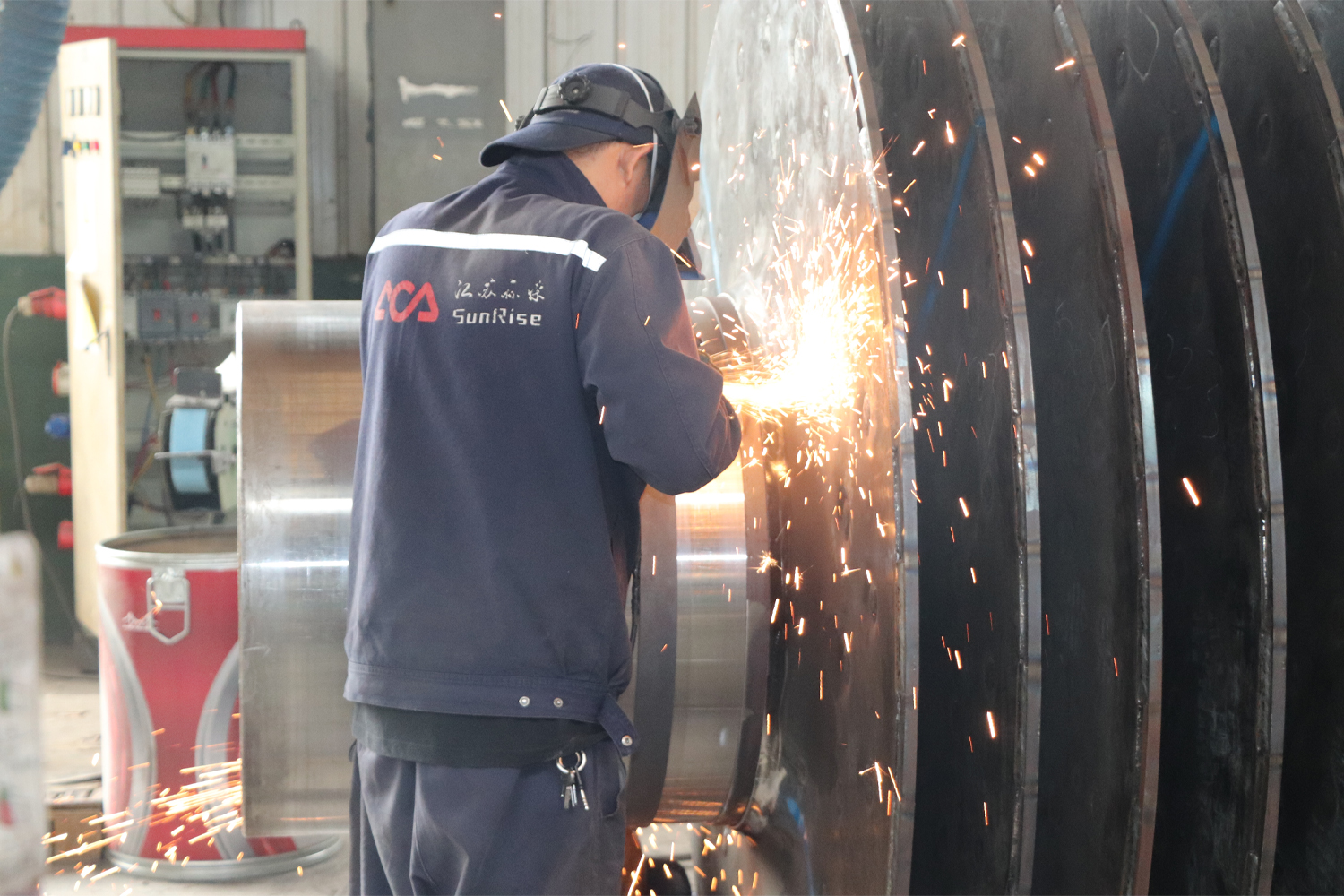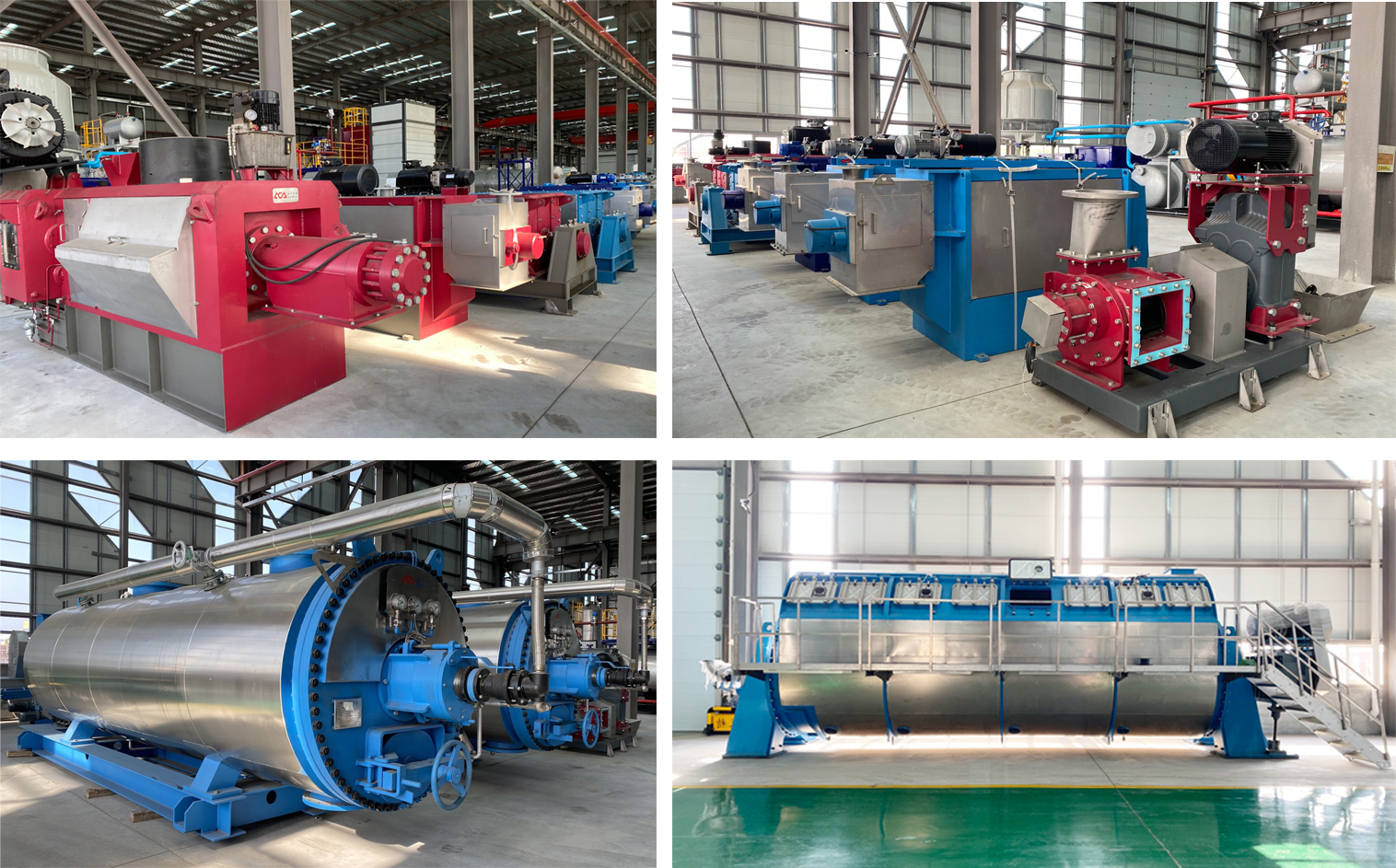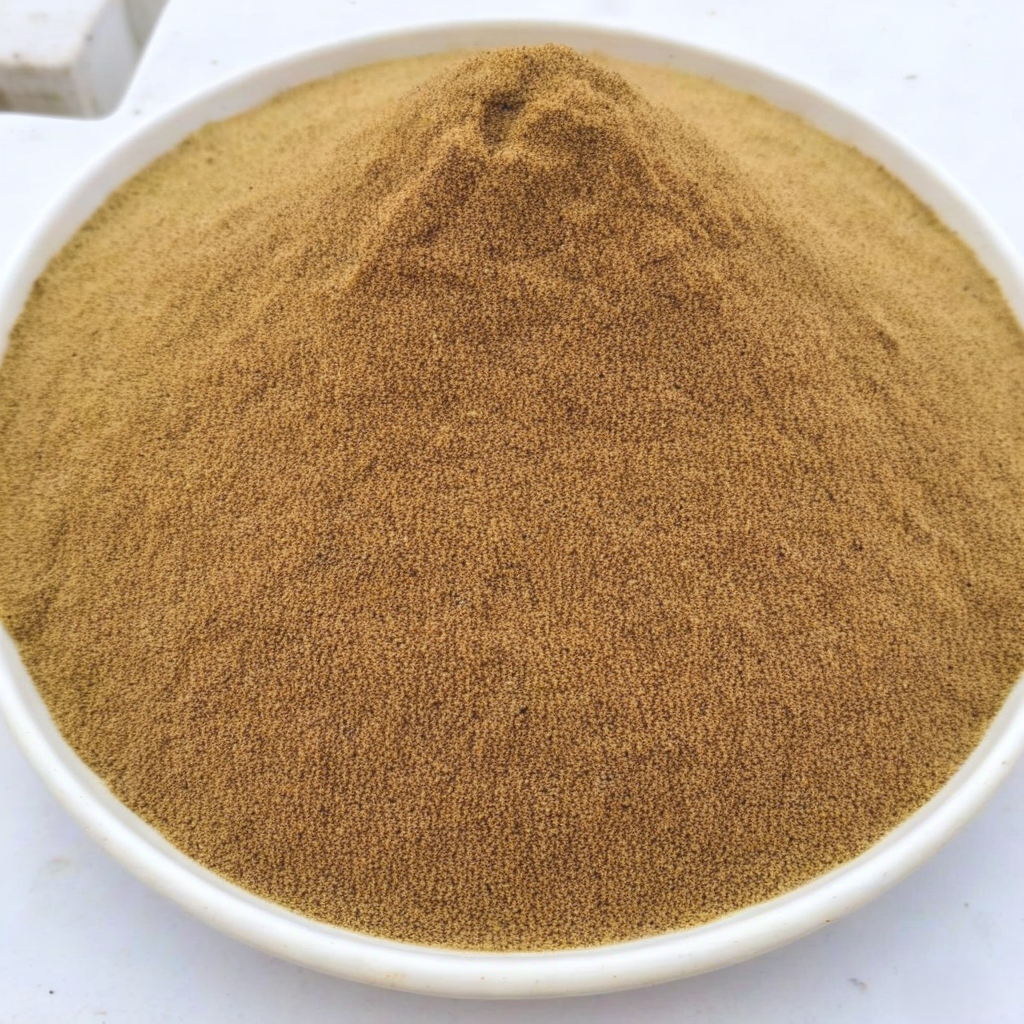
Material Pumb: A Comprehensive Guide to Types and Applications
Material Pumb: A Comprehensive Guide to Types and Applications
Material Pumb are a crucial component of many industrial processes, used to transfer materials from one location to another. These pumps are designed to handle a wide range of materials, including liquids, gases, and even solids. They are used in a variety of industries, including chemical processing, food and beverage production, and pharmaceutical manufacturing.

One of the key advantages of Material Pumb is their ability to move materials quickly and efficiently, without the need for manual labor. This makes them an essential tool for many industrial processes, where time and efficiency are critical factors. Material Pumb are also designed to handle a wide range of materials, making them a versatile option for a variety of industries. Whether you need to transfer liquids, gases, or solids, there is a material pump that can meet your needs.
Another advantage of Material Pumb is their reliability. These pumps are designed to withstand harsh operating conditions, including high temperatures, corrosive materials, and abrasive materials. This ensures that they can continue to operate effectively, even in challenging environments. With proper maintenance and care, Material Pumb can provide reliable service for many years, making them a cost-effective investment for many businesses.
Material Pump Basics

Types of Material Pumb
Material Pumb are used to transfer different types of materials from one location to another. There are various types of material pumps available in the market, each designed to handle specific materials. Some of the common types of material pumps are:
- Centrifugal Pumps: These pumps are used to transfer liquids and slurries. They work by converting the rotational energy of an impeller into hydrodynamic energy, which moves the material.
- Positive Displacement Pumps: These pumps are used to transfer viscous materials such as oils, syrups, and creams. They work by trapping a fixed amount of material and then forcing it through the pump.
- Diaphragm Pumps: These pumps are used to transfer highly viscous materials such as adhesives, paints, and inks. They work by using a flexible diaphragm to pump the material.
Operating Principles
Material pumps operate on different principles depending on their type. Centrifugal pumps use centrifugal force to move the material, while positive meat displacement pumps use a mechanical action to push the material. Diaphragm pumps use a flexible diaphragm to pump the material.
The operating principle of a material pump determines its efficiency, reliability, and maintenance requirements. It is important to choose the right type of material pump for the specific application to ensure optimal performance.
Key Components
Material pumps consist of several key components that work together to transfer the material. Some of the common components include:
- Pump Casing: This is the outer shell of the pump that contains the impeller and other components.
- Impeller: This is the rotating component of the pump that converts the rotational energy into hydrodynamic energy.
- Shaft: This is the component that connects the impeller to the motor.
- Motor: This is the component that provides the power to rotate the impeller.
- Seals: These are the components that prevent leaks between the pump casing and the shaft.
Choosing the right components is essential for ensuring the efficient and reliable operation of the material pump. Regular maintenance and replacement of worn components can help extend the life of the pump and prevent costly downtime.
Design Considerations

When designing a material pump system, there are several key considerations that must be taken into account to ensure optimal performance. This section explores some of the most important design considerations for material pumps.
Material Compatibility
One of the most critical design considerations for material pumps is material compatibility. Different materials require different types of pumps and pumping systems. The material being pumped must be compatible with the pump material to prevent chemical reactions or corrosion that can damage the pump and cause leaks or other problems.
Viscosity and Flow Rates
Another important consideration when designing a material pump system is the viscosity of the material being pumped and the required flow rates. The viscosity of the material affects the type of pump that is needed and the flow rates required to achieve optimal performance. High viscosity materials require pumps that can handle thicker fluids, while low viscosity materials require pumps that can handle faster flow rates.
Pressure Requirements
The pressure requirements of the material being pumped are also an important consideration. Different materials require different levels of pressure to be pumped effectively. The pump system must be designed to handle the required pressure levels without causing damage to the pump or the material being pumped.
In summary, designing a material pump system requires careful consideration of material compatibility, viscosity and flow rates, and pressure requirements. By taking these factors into account, designers can ensure that the pump system is optimized for the specific material being pumped, resulting in optimal performance and minimal downtime.
Applications of Material Pumps

Material pumps are widely used in various industries for the transfer of fluids, slurries, and viscous materials. The pumps are designed to handle different types of materials, making them versatile and useful in several applications. Here are some of the common applications of material pumps.
Industrial Usage
Material pumps are used in the industrial sector for the transfer of liquids, chemicals, and other materials. They are commonly used in the oil and gas industry for the transfer of crude oil, refined petroleum products, and natural gas liquids. Material pumps are also used in the food and beverage industry for the transfer of liquids, such as milk, juices, and beer.
In addition, material pumps are used in the mining industry for the transfer of slurries and other materials. They are also used in the construction industry for the transfer of cement, mortar, and other building materials.
Chemical Processing
Material pumps are widely used in the chemical processing industry for the transfer of chemicals, acids, and other corrosive materials. They are designed to handle corrosive materials and can withstand harsh chemical environments. Material pumps are also used in the pharmaceutical industry for the transfer of chemicals and other materials used in the manufacturing of drugs.
Pharmaceutical Applications
Material pumps are used in the pharmaceutical industry for the transfer of fluids and other materials used in the manufacturing of drugs. They are designed to handle sensitive materials and can be used in sterile environments. Material pumps are also used in the medical industry for the transfer of fluids and other materials used in medical procedures.
In conclusion, material pumps are versatile and useful in several applications. They are designed to handle different types of materials and can be used in various industries. Material pumps are essential for the transfer of fluids and other materials, making them an important tool for many businesses.
Installation and Maintenance
Installation Guidelines
When installing material pump, it is important to follow the manufacturer’s guidelines to ensure optimal performance and longevity of the pump. The installation process typically involves mounting the pump on a stable surface, connecting it to the power source, and ensuring that all connections are secure. It is important to check for any leaks or loose connections before operating the pump.
Routine Maintenance
Regular maintenance is crucial for the proper functioning of material pumps. It is recommended to perform routine maintenance checks on a monthly basis, which includes checking for any leaks, cleaning the pump, and inspecting the motor and other components. It is also important to replace any worn-out parts or components as needed to prevent any damage to the pump.
Troubleshooting Common Issues
In case of any issues with the material pump, it is important to troubleshoot the problem to identify the root cause. Common issues include clogging, leaks, and motor failure. To troubleshoot the issue, it is recommended to refer to the manufacturer’s manual or contact a professional for assistance. Regular maintenance checks can also help prevent common issues from occurring.
Overall, proper installation and routine maintenance are crucial for the optimal performance and longevity of material pumps. By following the manufacturer’s guidelines and performing regular maintenance checks, users can ensure that their pumps operate efficiently and effectively.
Performance Optimization
Enhancing Efficiency
Material pumps are an essential component in many industrial processes. As such, optimizing their performance can lead to significant improvements in overall efficiency. One way to enhance the efficiency of material pumps is by reducing the amount of energy required to operate them. This can be achieved by using high-efficiency motors and reducing friction in the system.
Another way to enhance efficiency is by optimizing the design of the pump. This can involve adjusting the impeller size and shape, as well as optimizing the clearance between the impeller and the volute. Additionally, using materials with high wear resistance can reduce the need for frequent maintenance and replacement, which can further improve efficiency.
Reducing Wear and Tear
One of the biggest challenges with Material Pumb is reducing wear and tear on the components. This can be achieved by using materials with high wear resistance, such as ceramic or tungsten carbide. Additionally, using lubricants and coatings can reduce friction and wear on the components.
Another way to reduce wear and tear is by optimizing the operating conditions of the pump. This can involve adjusting the flow rate, pressure, and temperature to minimize stress on the components. Regular maintenance and inspection can also help identify potential issues before they become major problems.
In summary, enhancing the efficiency and reducing wear and tear of material pumps can lead to significant improvements in overall performance. By using high-efficiency motors, optimizing the design, and using materials with high wear resistance, material pumps can operate more efficiently and with less downtime.
Safety and Compliance
Operational Safety
When it comes to handling material pumps, operational safety is of utmost importance. The equipment must be handled by trained personnel who have a thorough understanding of the risks involved. It is crucial to adhere to the manufacturer’s instructions and guidelines to ensure the safety of the operator and those in the vicinity.
To minimize the risk of accidents, it is recommended to conduct regular maintenance checks and inspections of the equipment. Any damage or wear and tear should be addressed immediately. Furthermore, appropriate personal protective equipment (PPE) must be worn at all times to reduce the risk of injury.
Regulatory Standards
Material pumps must comply with various regulatory standards to ensure the safety of the operator and the environment. These standards include but are not limited to:
- Occupational Safety and Health Administration (OSHA) regulations
- Environmental Protection Agency (EPA) regulations
- National Fire Protection Association (NFPA) standards
It is the responsibility of the manufacturer to ensure that their equipment meets these standards. Before purchasing a material pump, it is essential to verify that it complies with the relevant regulations and standards.
The safety and compliance of material pumps are critical aspects that should not be overlooked. It is essential to prioritize operational safety and adhere to regulatory standards to ensure the safety of everyone involved.
Technological Advancements
Smart Pump Technologies
Smart Pump technologies have been developed to improve the efficiency and accuracy of material pumping systems. These pumps are equipped with sensors and software that can monitor and control the flow of material in real-time. The sensors can detect changes in pressure, temperature, and viscosity, allowing the pump to adjust its output accordingly. This results in more precise and consistent material delivery, which can save time and reduce waste.
Another benefit of Smart Pump technologies is their ability to communicate with other systems. For example, a Smart Pump can be integrated with a manufacturing system to ensure that the correct amount of material is delivered to each production line. This can help to prevent errors and reduce downtime.
Material Innovations
In addition to Smart Pump technologies, there have been significant material innovations in recent years. New materials have been developed that are more durable, lightweight, and resistant to corrosion. These materials can be used in a variety of applications, including aerospace, automotive, and construction.
One such material is carbon fiber reinforced polymer (CFRP), which is a composite material made from carbon fibers and a polymer resin. CFRP is lightweight and has a high strength-to-weight ratio, making it ideal for use in aircraft and other high-performance applications.
Another material innovation is graphene, which is a form of carbon that is just one atom thick. Graphene has a variety of unique properties, including high strength, electrical conductivity, and thermal conductivity. It has the potential to revolutionize a wide range of industries, including electronics, energy storage, and even medicine.
Overall, these technological advancements in material pumping and material innovation are helping to drive progress in a variety of industries. As these technologies continue to evolve, we can expect to see even more exciting developments in the years to come.



